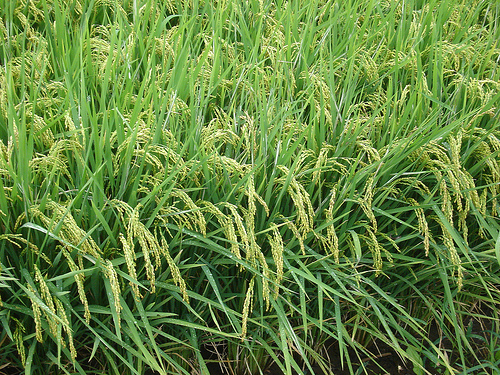Heirloom rice usually commands a higher price than the ordinary rice. It is prized for its exceptional cooking quality, taste, texture, color, and most importantly, nutritional value.

Heirloom rice grown in the Cordilleras are much sought locally and abroad particularly by health-conscious individuals. However, what could have been a lucrative farming activity is hindered by the inability of local farmers to produce this rice in greater quantities.
As in other countries, heirloom rice is grown only in small family farms. It therefore bodes well for small communities in the Cordillera to come up with better rice farming technologies to enhance heirloom rice production for bigger profits.
This is what the town of Barlig in Mountain Province did with the help of the Department of Science and Technology-Cordillera Administrative Region and the Highland Agriculture and Resources Research and Development Consortium (HARRDEC).
Using the farm of Magsasaka Siyentista Ashley Lamaton in Chupac, Kadaclan, in Barlig, the concerned agencies demonstrated how appropriate technology interventions can increase the yield of heirloom rice.
To achieve this, Lamaton improved the usual rice farming practices and showcased the same in his farm. Aptly called as Science and Technology-based Farm (STBF) on organic heirloom rice, Lamaton adopted uniform planting distance of 30 centimeters and proper application of fertilizer.
Instead of applying decomposed weeds removed from the dikes of the field which is unable to provide nutritional requirements of the rice plants, Lamaton used compost from farm wastes such as alnus leaves and sunflowers. These he shredded and composted for 60 days and used as basal fertilizer.
A far cry from his usual farming experience, Lamaton’s 250-square meter demonstration farm yielded 60.25 kilograms of heirloom rice compared with the 40.25 kilograms of rice from the farm where he applied his traditional farming practices.
The STBF on heirloom rice is only one of the many STBFs established by the Philippine Council for Agriculture, Aquatic and Natural Resources Research and Development (PCAARRD) to showcase the gains of agricultural science and technology.

